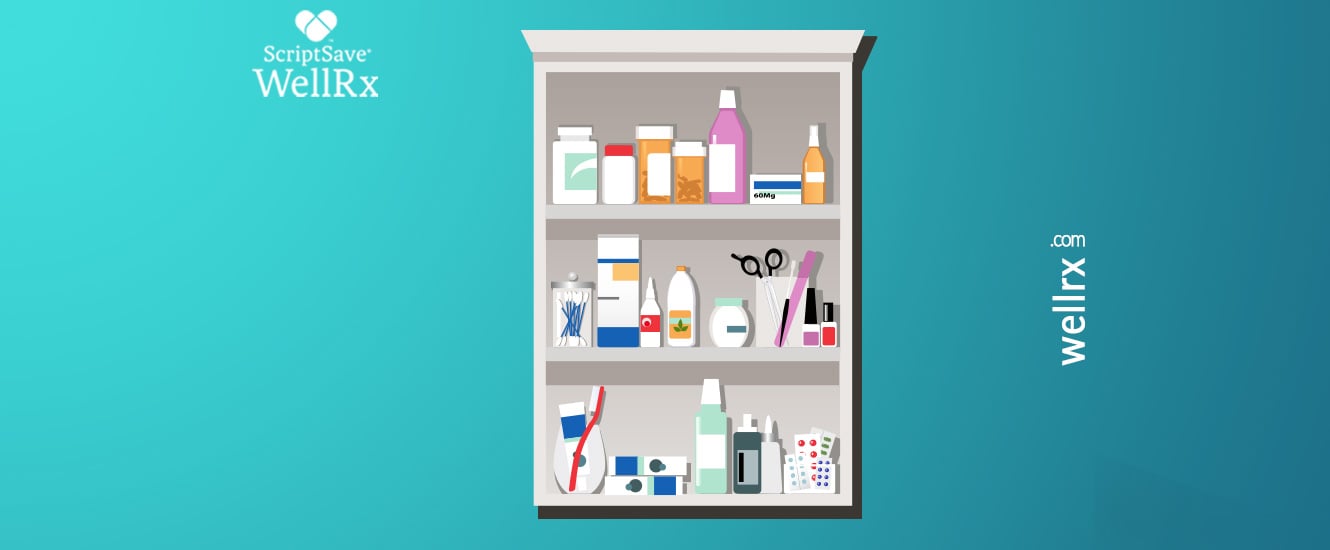When winter rolls around, the holidays and the festivities that accompany the season follow suit. Turkey, the new year, and family, all of these jolly terms invoke the feeling of celebration and happiness. If you find yourself getting moody when the snow starts falling every year, do not fret. You are not alone. If you feel depressed during certain seasons, this is called seasonal affective disorder (SAD). About 5% of adults in the US experience SAD, and this usually lasts for approximately 40% of the year.1 This usually starts in the late fall and early winter and goes away during the spring and summer.2 This typically corresponds to when there is less sunlight, and symptoms improve with the returning sunlight that spring provides.1 The most challenging months for people tends to be January and February. It can even happen in the summer months, but this is less common.
Risk Factors
There are some characteristics that may increase your risk of getting SAD. If you are a female, you are four times more likely to develop this than men.2 In addition, where you live can play a role. If you live farther (north or south) from the equator, you are more likely to develop it. For example, it was seen that 1% of those who live in Florida can develop it versus 9% of those who live in Alaska.3 If your family has a history of other types of depression, this can play a role.2 Along with this, if you have been diagnosed with depression or bipolar disorder, your depression may worsen with the seasons. It has also been observed that younger adults have a higher risk. The age of onset is typically between 18 to 30 years of age.3
Seasonal Affective Disorder Signs And Symptoms
In order to be diagnosed with SAD, you must fulfill the criteria for major depression that occurs during specific seasons for at least 2 years. This may be more frequent than non-seasonal depressions.2 The symptoms of SAD typically look like those of major depressive disorder.
The typical symptoms of depression include:
- Feeling depressed most of the day, nearly every day
- Feeling hopeless/worthless
- Having low energy or feeling sluggish
- Losing interest in previously enjoyable activities
- Trouble with sleep
- Changes in appetite or weight
- Difficulty concentrating
- Frequent thoughts of suicide or death2
It is surprising that even the symptoms associated with winter SAD and summer SAD can differ. The typical winter SAD symptoms include:
- Having low energy
- Excessive sleepiness throughout the day (hypersomnia)
- Overeating with possible weight gain
- Craving for carbohydrates
- Withdrawing from social activities (feels like “hibernating”)2
The typical summer SAD symptoms include:
- Poor appetite with associated weight loss
- Difficulty sleeping or staying asleep (insomnia)
- Agitation, restlessness, or anxiety
- Violent behavior2
Treatment and Therapies
There are a couple treatment options to help resolve the symptoms quicker and make you feel better, rather than just waiting it out. SAD is mainly treated through light therapy.4 Light therapy involves you sitting in front of a light box for 20-60 minutes daily in the mornings.2 The idea behind this is so you can replace your reduced intake of sunlight during the fall and winter months. However, this may not be enough and you may be treated through a different method, such as antidepressant medications, talk therapy, vitamin D supplementation, or a combination of the therapies. Medications include the selective serotonin reuptake inhibitors (SSRI) and bupropion, which are types of antidepressants. Common SSRI’s include sertraline (Zoloft), fluoxetine (Prozac), and citalopram (Celexa). You may have to follow up with your doctor whether this is an appropriate treatment for you, and you may have to switch antidepressants around to determine which is the right one that works for you. It may take several weeks for the medications to work, so your doctor may recommend to start taking it before your symptoms usually start every year.5
Another treatment option is talk therapy, which is also known as psychotherapy. A type of talk therapy that is used for SAD is cognitive behavioral therapy (CBT). CBT involves you talking with a mental health counselor to identify negative thoughts and replacing them with positive thoughts. They will help you identify activities that are enjoyable to help you cope with the winter and to help you manage stress. Vitamin D supplementation itself is not regarded as an effective treatment, but there have been some studies that suggest it may be as effective as light therapy.2 On the other hand, there are some studies that oppose that thought. The reason why you might be supplemented with this is that low levels of vitamin D were found in people with SAD.
Following up with your Doctor
If you find yourself nodding to these symptoms and thinking they sound like what you are experiencing, don’t worry. Schedule an appointment with your doctor to discuss your signs and symptoms. If you are taking any medications at home, such as prescription, over-the-counter, and herbals, be sure to update them with this information, because this may change what treatment you receive. From there, your doctor can discuss with you what treatment options may be appropriate. It may take a couple tries to figure out what treatment works best, but this is common. With treatment, you will soon be able to tackle the winter with renewed vigor.
References:
- Warning Signs of Mental Illness. https://www.psychiatry.org/patients-families/depression/seasonal-affective-disorder. Accessed November 9, 2018.
- Seasonal Affective Disorder. National Institute of Mental Health. https://www.nimh.nih.gov/health/topics/seasonal-affective-disorder/index.shtml. Accessed November 9, 2018.
- Melrose S. Seasonal Affective Disorder: An Overview of Assessment and Treatment Approaches. Depress Res Treat. 2015;2015:1-6. doi:10.1155/2015/178564
- Seasonal Affective Disorder. MedlinePlus. https://medlineplus.gov/seasonalaffectivedisorder.html. Published March 6, 2018. Accessed November 9, 2018.
- Seasonal affective disorder (SAD). Mayo Clinic. https://www.mayoclinic.org/diseases-conditions/seasonal-affective-disorder/diagnosis-treatment/drc-20364722. Published October 25, 2017. Accessed November 9, 2018.
If you’re struggling to afford your medications,
visit www.WellRx.com to compare the cash price at pharmacies near you.
You may find prices lower than your insurance co-pay!













 Store & manage your medication list
Store & manage your medication list Medication pricing updates
Medication pricing updates Pill & refill reminders
Pill & refill reminders Medication journal & mood log
Medication journal & mood log